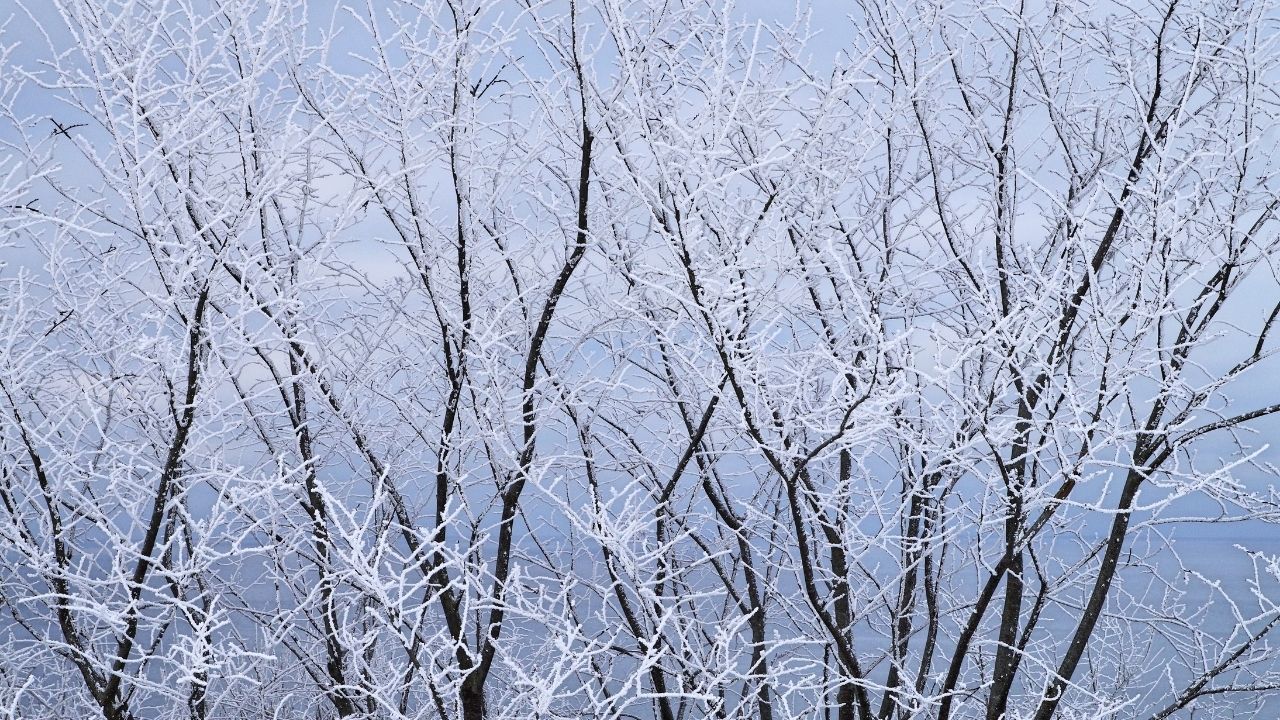
Ah, the enchanting winter season - a time when the world is blanketed in a pristine layer of snow, and the landscape transforms into a captivating canvas for the aspiring photographer. Whether you're a seasoned shutterbug or a budding enthusiast, capturing the beauty of winter can be a truly rewarding experience. In this comprehensive guide, we'll explore the best tips and techniques to help you take your winter photography to new heights.
Embrace the Cold Weather
The winter months can be notoriously challenging for photographers, with frigid temperatures, biting winds, and the risk of equipment malfunctions. However, embracing the cold can be the key to unlocking some of the most stunning winter shots. Dress in layers, invest in insulated gloves and a warm hat, and don't be deterred by the chilly conditions. The discomfort will be well worth it when you capture the breathtaking beauty of a frozen landscape or the ethereal mist of a snowy morning.
Master the Art of Exposure
Winter photography presents unique exposure challenges, as the bright snow can often confuse your camera's metering system. To overcome this, it's essential to understand the importance of exposure compensation. Increase your exposure by 1 to 2 stops to ensure that your subjects are properly exposed and not underexposed due to the camera's tendency to underexpose in snowy conditions.
Embrace the Golden Hour
The golden hour, the magical period just before sunrise and after sunset, takes on a special significance in winter. The low-angled sunlight casts a warm, ethereal glow over the snow, creating a mesmerizing ambiance that is perfect for photography. Plan your shoots around these golden hours to capture the most enchanting winter scenes.
Capture the Textures of Winter
Winter offers a unique canvas of textures, from the intricate patterns of frost to the smooth, undulating surfaces of freshly fallen snow. Take the time to explore these textures and incorporate them into your compositions. Get up close and personal with your subjects, using a macro lens or extension tubes to capture the intricate details that might otherwise be overlooked.
Experiment with Unique Perspectives
Winter photography is all about thinking outside the box and exploring unique perspectives. Try shooting from low angles to capture the grandeur of snow-capped peaks or from high vantage points to showcase the vast expanse of a snowy landscape. Don't be afraid to get creative and try different compositions, whether it's capturing the reflection of a frozen lake or framing your subject through the icy branches of a tree.
Embrace the Dreamy Qualities of Winter
Winter's inherent moodiness and ethereal qualities can be harnessed to create truly captivating images. Experiment with long exposures to capture the soft, blurred motion of falling snow or use shallow depth of field to draw the viewer's eye to your subject. Post-processing techniques, such as desaturating colors or adding a dreamy, film-like filter, can further enhance the atmospheric quality of your winter photos.
Protect Your Gear
Keeping your camera and lenses safe from the elements is crucial in winter photography. Invest in a good camera bag or backpack that can protect your gear from the snow and cold. Consider using a rain cover or plastic bag to shield your camera when shooting in inclement weather. Additionally, be mindful of condensation and temperature changes, which can cause fogging and potential damage to your equipment.
Be Patient and Persistent
Capturing the perfect winter shot often requires patience and persistence. The weather can be unpredictable, and conditions can change rapidly. Be prepared to wait for the right moment, whether it's the perfect lighting, the ideal snowfall, or the arrival of a majestic wildlife subject. Embrace the journey and don't get discouraged – the most breathtaking winter photos are often the result of perseverance and dedication.
In conclusion, winter photography presents a unique set of challenges, but with the right techniques and a adventurous spirit, you can capture the sheer beauty and magic of the season. From mastering exposure to embracing the cold, these tips will help you create stunning winter photographs that will captivate and inspire. So bundle up, grab your camera, and venture out into the winter wonderland – the rewards will be well worth the effort.
 Family Craft ProjectsHome ImprovementCooking and BakingReuse and RecycleDIY GiftsEco-Friendly ProjectsDIY Home SolutionsSeasonal ActivitiesFun and GamesLearn TogetherPrivacy PolicyTerms And Conditions
Family Craft ProjectsHome ImprovementCooking and BakingReuse and RecycleDIY GiftsEco-Friendly ProjectsDIY Home SolutionsSeasonal ActivitiesFun and GamesLearn TogetherPrivacy PolicyTerms And Conditions
